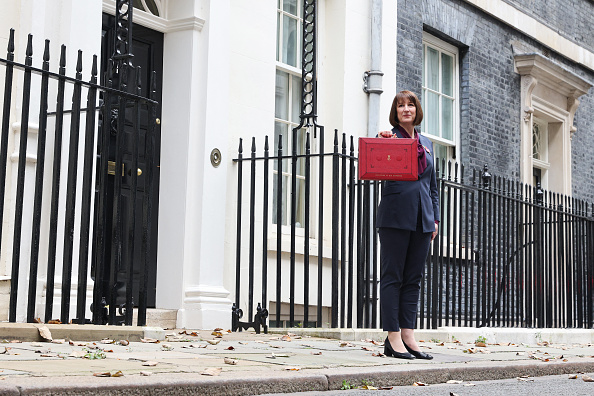Despite these concerns, SMEs are focused on long-term growth and adopting alternative financing options that provide access to working capital.
The C2FO Working Capital Outlook Survey examines the preferences of more than 1,800 SMEs in the UK, US, Germany, France and Italy for improving working capital efficiency, examining trends associated with economic and political factors, financing, working capital deployment and supplier-buyer relationships.
The majority of SMEs (55 per cent) find cash flow as the biggest obstacle for business growth and more than 40 per cent indicate an increase in working capital needs compared to last year. Meanwhile, more than a quarter (29 per cent) of respondents have no or limited ability to borrow. This is primarily due to high interest rates and the difficulty in obtaining a loan from a traditional banking partner.
The cost of borrowing for SMEs remains high as only 48 per cent of SMEs indicate that they can get financing at rates below 8 per cent. Borrowing is most expensive in the UK and US as only 42 per cent and 47 per cent of SMEs respectively borrow at a rate below 8 per cent compared to France (52 per cent), Germany (51 per cent) and Italy (58) per cent.
In the UK and US, these numbers fell from last year (48 per cent and 58 per cent), demonstrating the increasing cost of financing. Those in media, retail/leisure and construction are borrowing at the highest rate compared to other industries.
Sandy Kemper, chairman and CEO of C2FO says, ‘The aberrationally low interest rate environment is polarising the global liquidity imbalance. Corporates are increasingly being charged to hold deposits, while the banks themselves are struggling with increased regulatory burden that impedes their ability to loan to the SMEs which are such an integral part of the global economy.’
‘It is therefore increasingly important for those SMEs to consider alternative financing options that can close this gap and kick-start economic growth.’
More than 60 per cent of SMEs are concerned with their ability to finance long-term growth. While the UK, Germany and France show high levels of concern (over 60 per cent) around financing long-term compared to short-term growth, Italian SMEs are split in the middle, mirroring the current economic and banking instability the country is experiencing.
If SMEs had access to additional reasonably priced liquidity, more than three quarters would use it to finance long-term growth plans and purchase more inventory or equipment and invest in new technologies.
SMEs diversify sources of financing
Overall, SMEs are adopting a wide variety of sources to finance themselves including traditional banking options like credit lines and asset-back loans which have increased in popularity since 2015, especially for larger SMEs.
Invoice financing solutions (ranging from supply chain financing, factoring and invoice discounting) are providing funding to almost 20 per cent of the surveyed SMEs and 18 percent of are using peer-to-peer lending.
Cash flow from operations remains the most significant source of SME funding with 76 per cent of SMEs in EMEA and in the US relying on their own profit to survive and grow.
In the UK, late payments occurred more frequently in 2016 (20 per cent) compared to 2015 (11 per cent). In Italy, 50 per cent of customers pay their invoices late to the surveyed SMEs. The largest SMEs can rely on the most customers paying on time (83 per cent).








